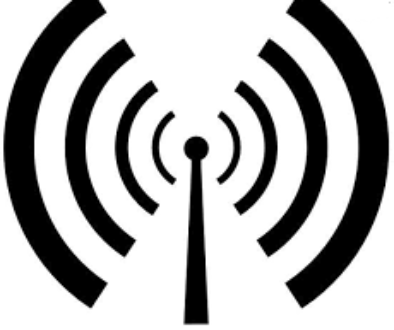Antenna waves are harmful to animals
U.S. cellphone radiation exposure standards — similar to Canadian ones — have been out of date for three decades, according to senior U.S. bird and other endangered species protection official Willie R. Taylor. “The electromagnetic radiation standards used by the Federal Communications Commission (FCC) are still based on thermal effects, a criterion now outdated for almost 30 years and inapplicable today »

M. Taylor is the director of the Office of Environmental Policy and Compliance of the United States Department of the Interior. In a February 7 letter to the National Telecommunications and Information Administration of the Department of Commerce, he points out that telecommunications antennas harm migratory birds in two ways: collisions and non-ionizing electromagnetic emissions.
LStudies on the impact of radiation from cellular communication towers on wild breeding birds began around the year 2000 in Europe. “Results of studies have documented nest and nest site abandonment, plumage deterioration, locomotion problems, reduced survival, and death (e.g., Balmori 2005, Balmori and Hallberg 2007, and Everaert et al. Bauwens 2007). Migratory birds and their offspring have apparently been affected by radiation from cell phone towers in the frequency ranges of 900 to 1,800 megahertz (MHz) – 915 MHz is the typical cell phone frequency used in the United States. »
SAccording to Mr. Taylor, outdated electromagnetic radiation standards aimed only at avoiding the thermal effects of radio frequencies are inapplicable today because they do not take into account the effects of very low emissions from cell phones and other wireless devices which are lower than those microwave ovens. For example, in laboratory studies, T. Litovitz (personal communication) and DiCarlo et al. (2002) raised concerns about the non-thermal impact of weak electromagnetic radiation from cell phone frequency 915 MHz on domestic chicken embryos – some of which died (Manville 2009, 2013a). Radiation at extremely low levels (0.0001 of the average level emitted by a digital cell phone) caused heart attacks and death in some chicken embryos under hypoxic conditions in the laboratory, while controls under hypoxia were not affected ( DiCarlo et al. 2002). »
No independent study has yet been conducted in North America on the impacts of radiation emitted by cell phone antennas on migratory birds and other animals protected by federal laws. According to Willie R. Taylor, the results of laboratory studies and the growing body of anecdotal evidence of non-thermal effects of radio frequencies justify that such field studies be carried out by third parties.
In Spain, Balmori (2005) found strong negative correlations between antenna radiation levels and reproductive and other problems in sparrows, storks, pigeons, magpies, doves and other species. Balmori had not observed these symptoms before the construction and commissioning of the cell phone towers.
Protect yourself without delay with AVENI devices.



